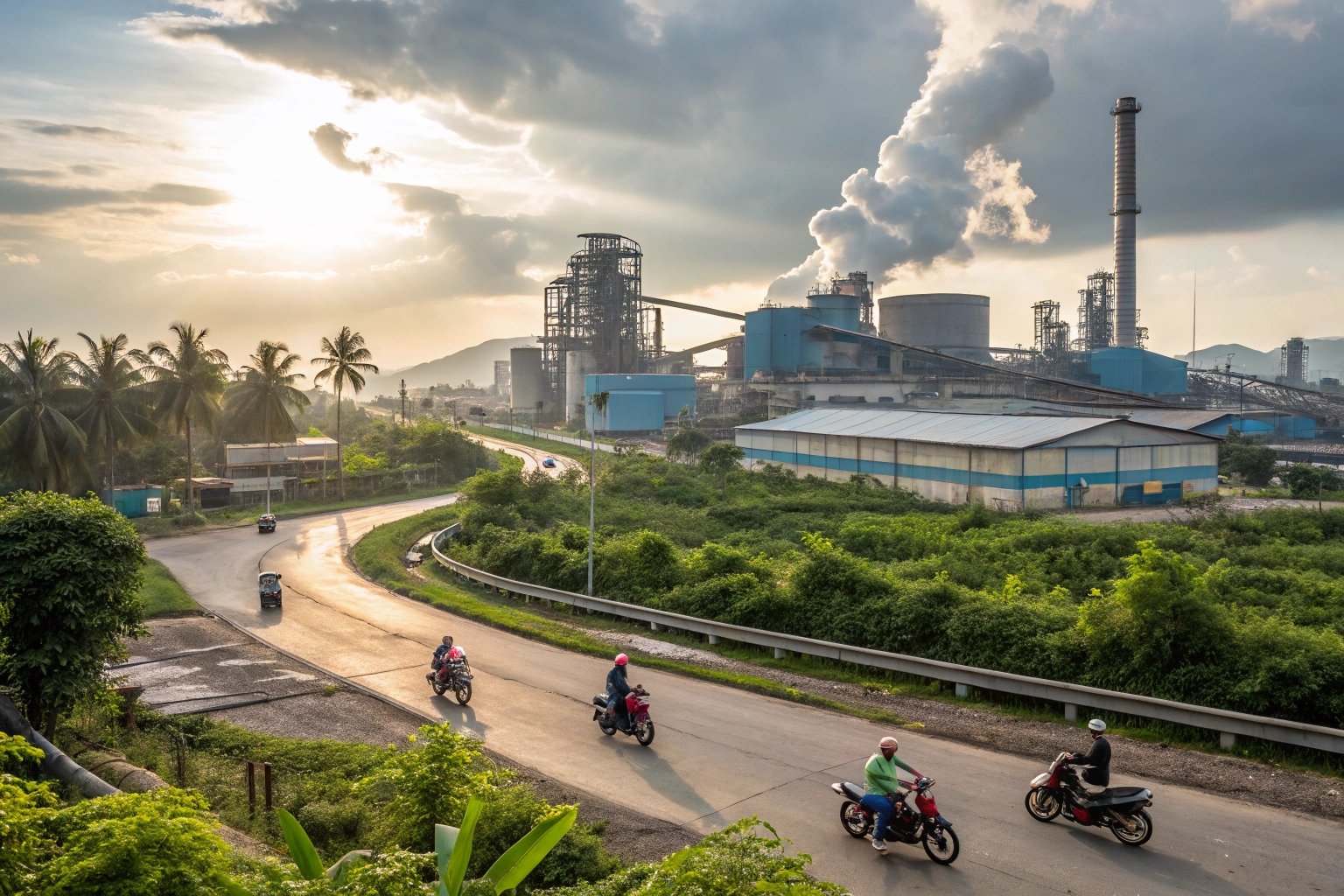
Finding the right metal parts manufacturer in Vietnam can be challenging due to limited online visibility and unique cultural business practices. Knowing where to look is key.
The best ways to find manufacturers in Vietnam are using Alibaba.com with a Vietnam filter or hiring sourcing agents with local expertise. These methods are reliable for locating suppliers.
While these strategies are effective, understanding Vietnam’s industrial landscape, cost dynamics, and import considerations will help you succeed. Let’s dive deeper.
Which way is the most effective to find manufacturers in Vietnam?
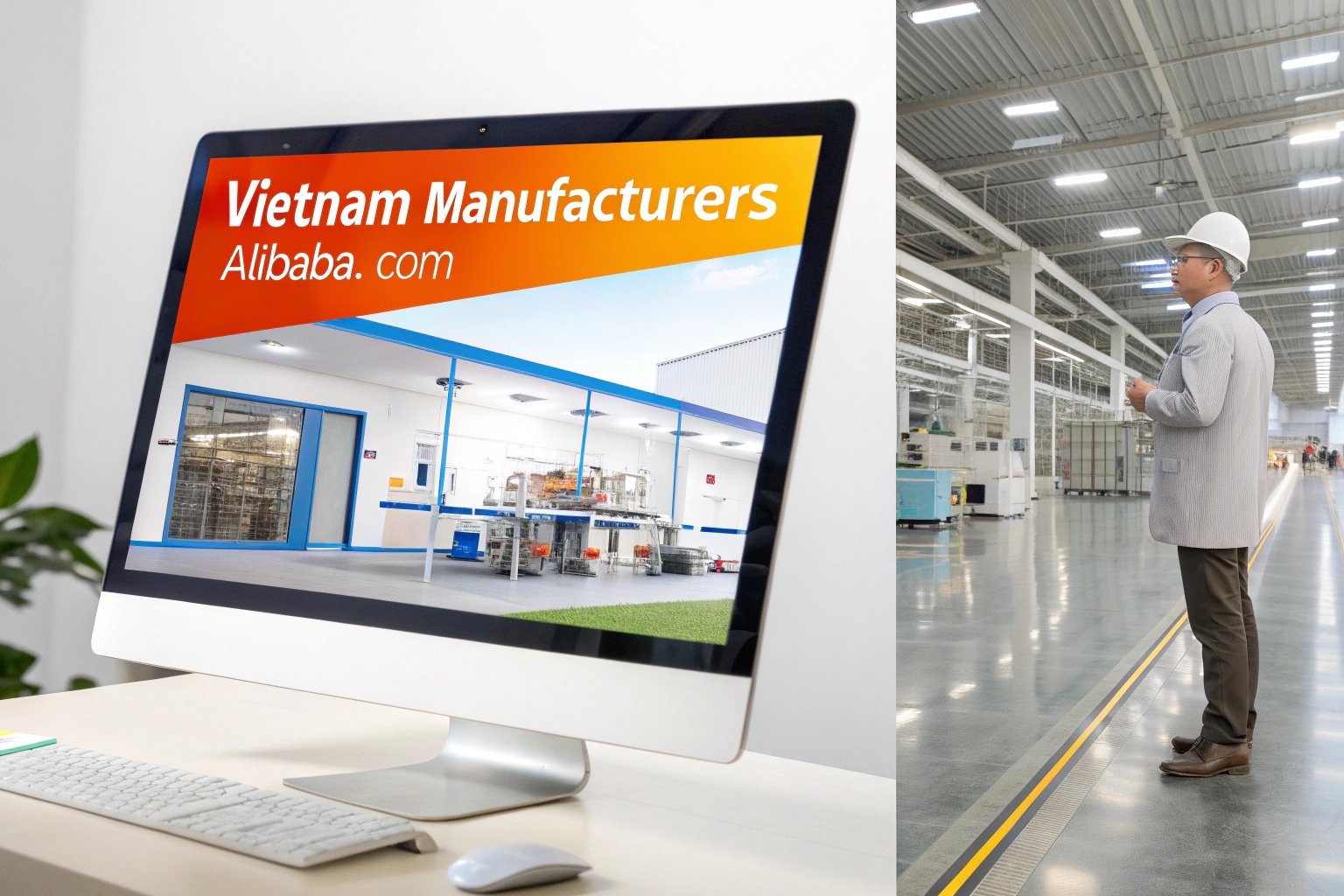
Finding manufacturers in Vietnam isn’t as straightforward as in China due to a lack of established B2B platforms.
Using Alibaba with Vietnam filters1 and partnering with local sourcing agents2 are the most effective methods to find reliable manufacturers.
Despite the existence of platforms like VTown.vn and Vietnam Export, they are largely unknown even among seasoned professionals. In contrast, Alibaba remains the primary online tool. However, the limited marketing awareness of Vietnamese manufacturers restricts their online presence.
Why Alibaba and Sourcing Agents Work Best
- Limited Online Listings: Many Vietnamese manufacturers operate offline or rely on referrals.
- Local Networking: Factories often connect through personal relationships. Local agents with established networks bridge this gap.
- On-the-Ground Knowledge: Sourcing agents can identify reputable factories, verify capabilities, and overcome language barriers.
You may have heard from other people’s articles that there are B2B e-commerce platforms in Vietnam, such as VTown.vn, VietnameseMade.com, Acevn.com, Vietnam Export, etc., but frankly speaking, my Vietnamese colleagues with 6 years of sourcing experience have never heard of these platforms. Only Alibaba is real.
However, since the marketing awareness and marketing talent resources of Vietnamese manufacturers are still at a low level, only equivalent to the level of China 15 years ago, there are still few manufacturers who are aware of B2B platform online promotion and exhibition promotion. Therefore, searching on Alibaba.com and cooperating with sourcing agents with local Vietnamese employees are still the most effective means to find suppliers in Vietnam.
Vietnam is really too small, most of the factory owners know each other, introduce each other based on acquaintance. If American and European customers want to find suppliers in Vietnam, the only way is to search on Alibaba or come to Vietnam for 1 or 2 months and ask friends to introduce them.
For American and European clients, combining Alibaba searches with in-country visits or agent partnerships offers the best results.
Where are most metal parts manufacturers in Vietnam?
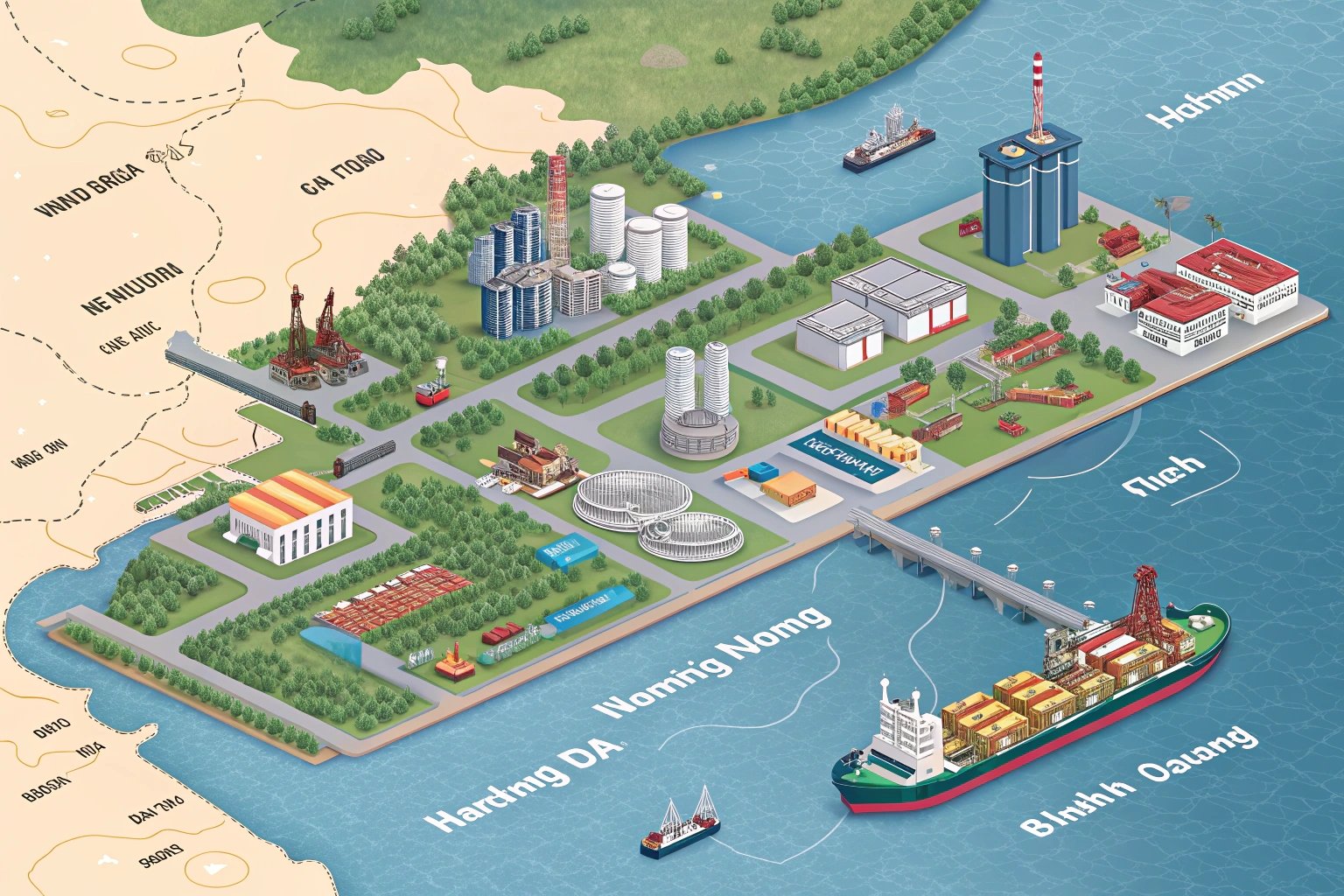
Metal parts manufacturers in Vietnam are concentrated in three major industrial zones.
The key areas are Hanoi and Haiphong in the north, Da Nang in central Vietnam, and Binh Duong Province3 near Ho Chi Minh City in the south.
Regional Breakdown of Manufacturing Hubs
| Region | Key Cities/Provinces | Features |
|---|---|---|
| North | Hanoi, Haiphong | Proximity to China for raw materials and export routes. |
| Central | Da Nang | Balanced infrastructure and growing industrial presence. |
| South | Binh Duong, HCM | Vietnam’s industrial heartland with well-established facilities. |
Why These Locations Matter
- Northern Region: Factories here benefit from easier access to raw materials imported from China, reducing logistics costs.
- Central Region: While smaller, Da Nang is emerging as a strategic hub with improving infrastructure.
- Southern Region: The south has a dense concentration of export-oriented factories, advanced logistics, and skilled workers.
Knowing where manufacturers are concentrated allows you to plan factory visits and assess supply chain logistics effectively.
Is it cheaper to manufacture in China or Vietnam?
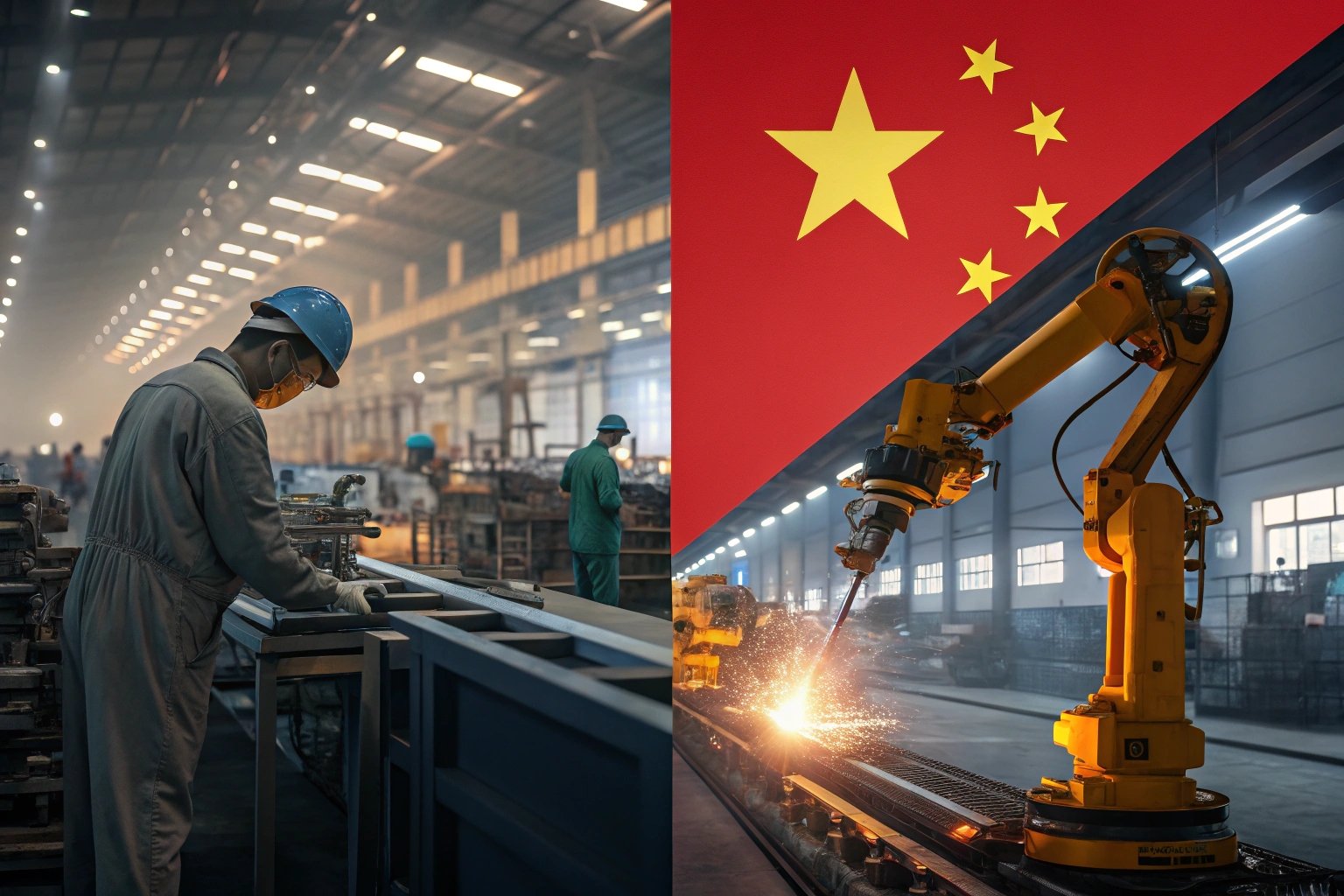
Considering that the average monthly salary of Vietnamese workers is only half of that of Chinese workers, which is about 300 US dollars, our first reaction is that products or parts made in Vietnam must be cheaper than those made in China, but this is not always the case. Since Vietnam’s supply chain is still very imperfect, most of the raw materials, fasteners and spare parts are not made locally, but imported from China, South Korea, Taiwan and other regions, so the price of the final finished product depends on the proportion of raw material cost, machine processing cost and labor cost in the total manufacturing cost of such products.
For those high value-added products, the proportion of raw material cost, machine processing cost and labor cost is usually 50%: 40%: 10%, such as high-precision machined parts and die-casting products. China uses a large number of fully automatic and semi-automatic machines in the production of these products. Therefore, even if Vietnam’s labor cost is low, its total manufacturing cost will not be lower than that of China; but for products that are difficult to be manufactured completely or in large proportion by machines and require manual positioning and assembly, such as shoes, furniture, and welding parts, Vietnam’s low labor cost is competitive.
When comparing costs, Vietnam’s lower labor wages4 stand out, but other factors influence pricing.
Metal parts made in Vietnam are cost-effective for labor-intensive products, but high-value, machine-made products may still be cheaper in China.
Labor Costs vs. Supply Chain Efficiency
Vietnam’s average monthly wage for workers is about $300, roughly half that in China. However, Vietnam’s manufacturing ecosystem5 is less developed, relying heavily on imported raw materials and equipment.
Cost Breakdown for Different Product Types
| Product Type | Vietnam’s Advantage | Why? |
|---|---|---|
| Labor-Intensive Products | High | Low wages reduce overall costs. |
| Machine-Processed Products | Low | Imported raw materials raise costs. |
For products like high-precision machined parts, China’s advanced automation minimizes labor impact, keeping costs competitive. In contrast, Vietnam excels in manual-intensive industries like furniture and basic welding parts.
Key Takeaways
- Assess the labor vs. material cost ratio for your product.
- Evaluate Vietnam for products where labor plays a significant role in production.
What should I pay attention to when importing from Vietnam?
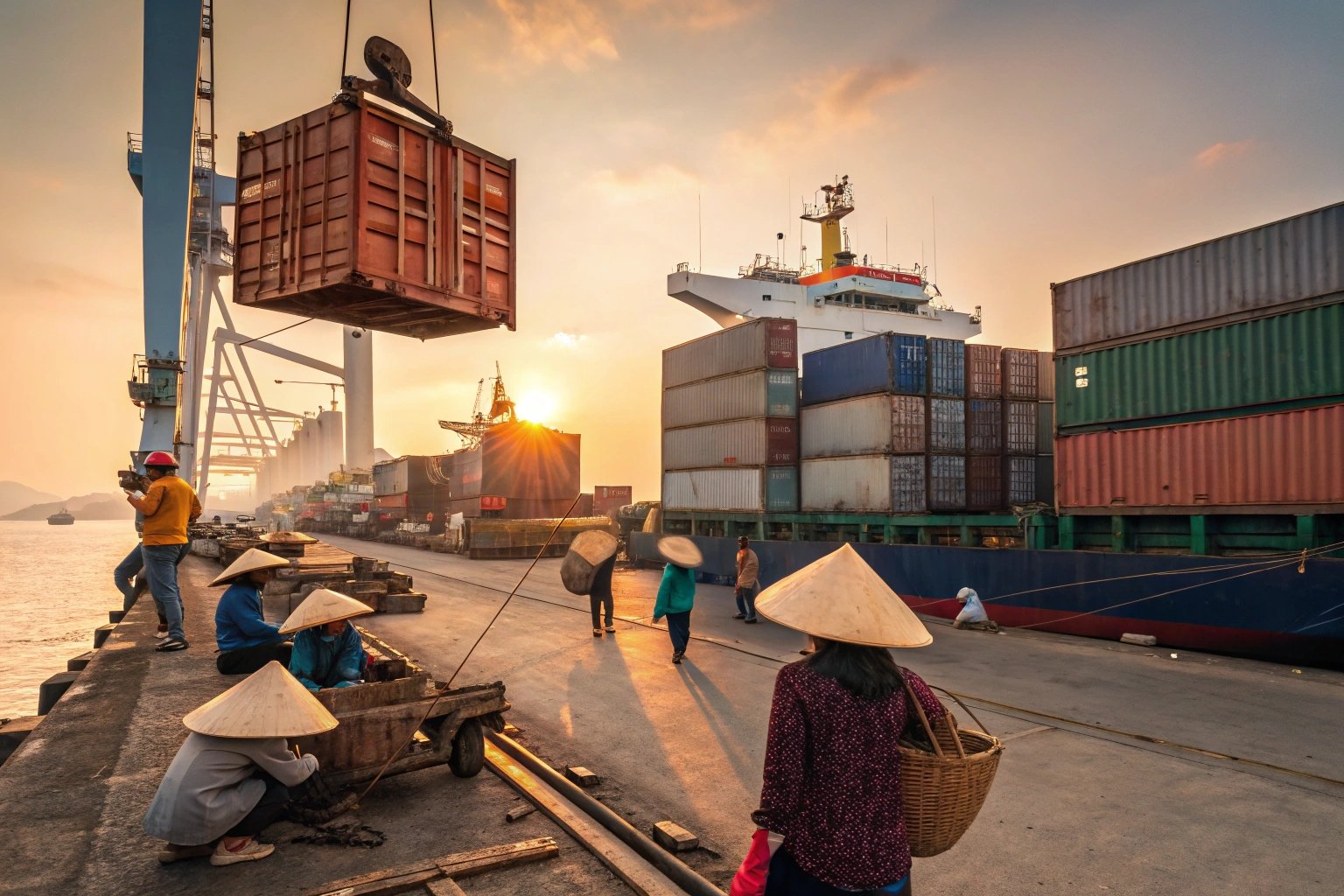
Importing from Vietnam comes with unique challenges. Understanding cultural differences, logistics, and supplier capabilities is crucial.
Pay attention to cultural nuances, freight limitations, and logistical constraints to avoid costly mistakes.
1. Cultural Differences
Vietnamese manufacturers are cautious about overpromising. When they say, “We can’t do it,” they mean they lack resources and prefer honesty over false commitments.
Tip: Build trust by discussing potential solutions collaboratively instead of pushing for unrealistic expectations.
2. Logistics and Freight Challenges
Vietnam’s transportation infrastructure is still growing, leading to higher freight costs and fewer shipping options. Freight from Vietnam can be 5–10% more expensive than from China.
Vietnam’s transportation infrastructure is still growing, leading to higher freight costs and fewer shipping options. Freight from Vietnam6 can be 5–10% more expensive than from China.
| Logistics Aspect | Vietnam | China |
|---|---|---|
| Freight Costs | Higher (5–10%) | Lower due to scale. |
| LCL Services | Limited | Widely available. |
| Freight Options | Fewer ships and flights. | Extensive global networks. |
3. Sourcing Agents for Freight Forwarders
Many Vietnamese freight forwarders only accept door-to-door pickup (Ex Works). You’ll need a sourcing agent to recommend reliable logistics partners who can handle your shipping needs effectively.
Final Tips
- Collaborate with a sourcing agent to navigate Vietnam’s less structured supply chain.
- Choose reliable freight forwarders to avoid delays and high costs.
Conclusion
Finding and working with metal parts manufacturers in Vietnam requires a combination of effective sourcing strategies, regional knowledge, and cultural awareness. While Vietnam’s labor costs7 are competitive, understanding the broader supply chain ensures better outcomes.
-
Discover how leveraging Alibaba’s Vietnam filters can streamline your search for reliable metal parts manufacturers, saving time and resources. ↩
-
Learn the importance of local sourcing agents in navigating Vietnam’s unique business landscape and securing trustworthy manufacturing partners. ↩
-
Explore why Binh Duong Province is considered Vietnam’s industrial heartland and a prime location for sourcing metal parts manufacturers. ↩
-
Understanding the factors behind Vietnam’s competitive labor costs can help businesses make informed decisions about outsourcing or manufacturing in Vietnam. ↩
-
Exploring the differences between Vietnam’s and China’s manufacturing ecosystems can provide insights into supply chain efficiency and cost-effectiveness. ↩
-
Understanding the cost difference can help businesses make informed decisions on sourcing and logistics strategies. ↩
-
Exploring Vietnam’s competitive labor costs can offer businesses cost-saving opportunities in manufacturing. ↩

